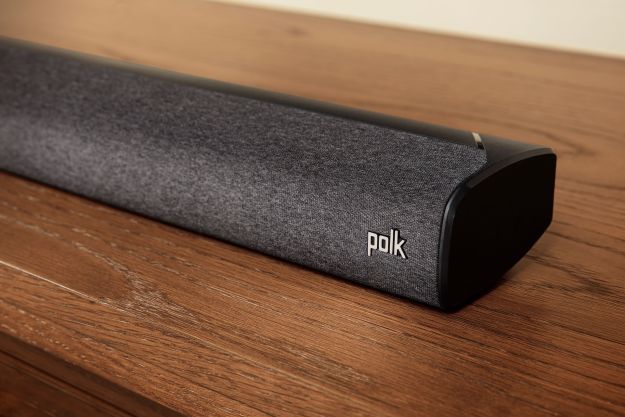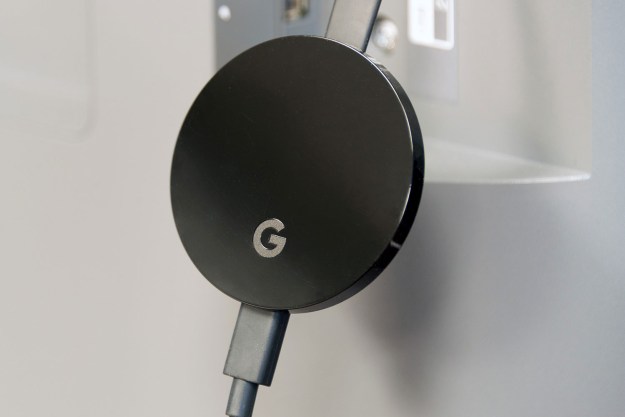
The new device will allow users to listen to music and other audio like podcasts (and maybe even online radio?) via wi-fi from Android devices or the Chrome browser. Chromecast currently supports Google Play Music, Pandora, Rdio, and — as of recently — Spotify. It will have ‘multi-room support,’ which means that it may have the ability to play the same audio through multiple speakers.
The Chromecast’s support for Spotify is particularly notable, both because Google has its own music streamer (Google Play) and the Swedish music streaming company previously said it wouldn’t support Chromecast according to 9to5Google. In an explanation, Spotify said consumers should use its own system called Connect, which streams music to speakers through a mobile device or direct (as is the case with Sonos, and other speaker systems). Spotify Connect also offers compatibility with the Amazon Fire Stick.
As Slash Gear notes, the Chromecast Audio isn’t an original idea. Motorola made its own streaming audio adapter last year, called Moto Stream. That device, a $50 multicolored, polygon-shaped device that connects to devices via Bluetooth, certainly has a more appealing (but maybe less practical) build than this new audio-centric Chromecast. There’s also a competing streaming audio adapter that relies on Wi-Fi: the D-Link Wi-Fi Audio Extender, which also has a $50 price tag.
The Chromecast Audio will likely have broader availability than the two aforementioned products. Only time will tell if it catches on, though.
Editors' Recommendations
- Spatial audio via headphones: how science crams 9 speakers and a subwoofer inside your head
- $2,199 Hed Unity Wi-Fi headphones are the first to offer lossless hi-res audio
- DTS Play-Fi wants to eliminate the speaker wires in your 5.1 home theater setup
- Google Nest Audio is a proper successor to the aging Google Home smart speaker
- Walmart accidentally leaks upcoming Google Nest Audio smart speaker

